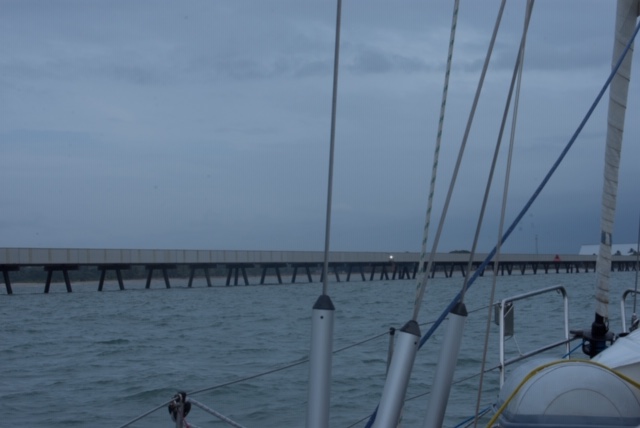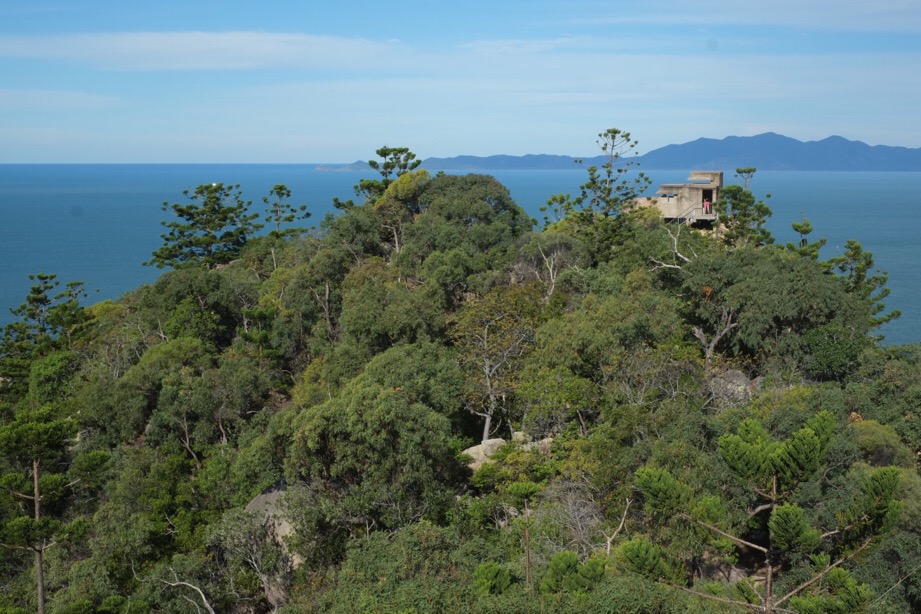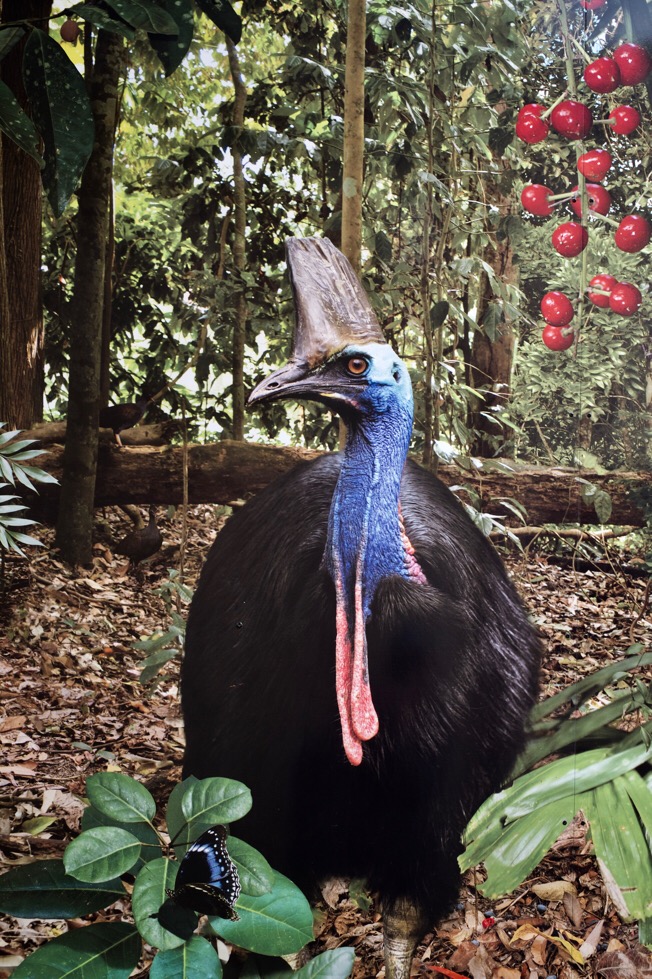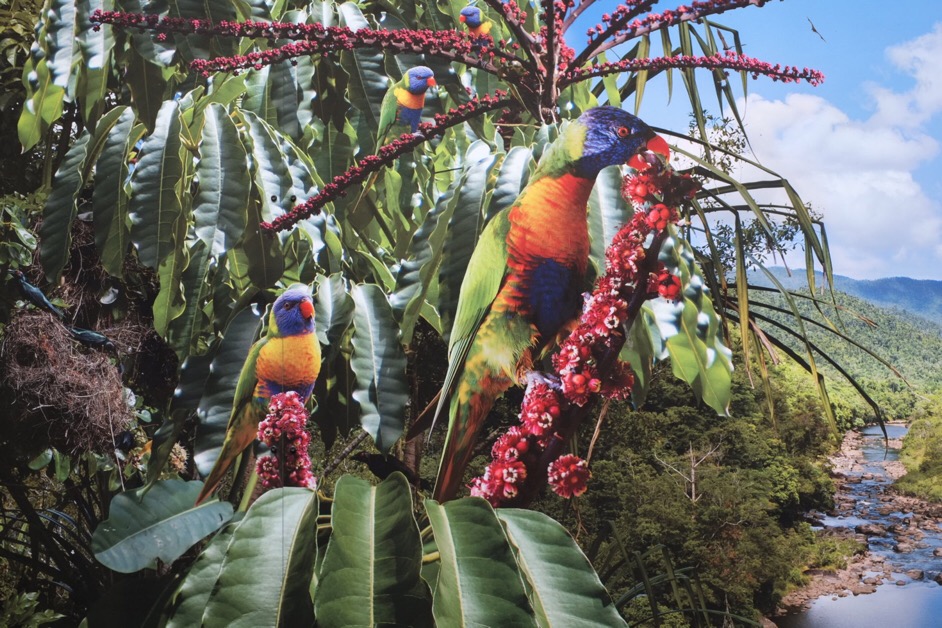Contentment

Vega
Hugh and Annie
Sat 22 Jun 2019 23:02
The best way to feel the most secure is to be confident in your boat, equipment, planning and decision making. Regular maintenance and familiarity with equipment is essential for greater peace of mind because, when the chips are down, you just have to remind yourself that you are in a sound boat and if something does break or go wrong, it won’t be for lack of care and attention. The list of maintenance jobs is therefore ongoing and great satisfaction is derived from each item ticked off the list.
Decision making is really important and a source of discomfort if not properly thought through. I tend to err on the side of caution and am becoming more pedantic about this as the trip goes on. We have got through four years so far pretty much unscathed with our hairier moments largely dinghy related. Handling the dinghy, which may involve strength and dexterity from time to time, can be a stark reminder that we are no longer as young, fit or strong as we might like to think. It is one of the reasons that we might, with more forethought, have opted for a larger boat. A dinghy held in davitts on the transom with the engine permanently mounted is far easier to launch and recover than our system where the dinghy is kept on the foredeck, lifted on and off by means of a halyard and the engine lowered and raised to and from it via a davitt. We can now launch or recover in less than 10 minutes but only when the wind is less than 20kts and there isn’t a choppy sea running. I see the use of the dinghy as one of our major potential sources of mishap and am usually quite happy to leave it snug on the foredeck if the conditions look unsuitable. Annie’s need to get off the boat and stretch her legs is greater than mine and occasionally my caution can lead to friction. We have now agreed that if we feel the need to go ashore we are better off in strong wind choosing and staying at a more sheltered anchorage than heading out to somewhere potentially more interesting but where launching the dinghy could be an issue.
We had exactly this dilemma when arriving at Magnetic island. Horseshoe bay at the top of the island is a good, sheltered anchorage but as we arrived at the end of an overnight sail from Airlie Beach marina (where we had sheltered from strong wind for three nights) we received the local coastguard weather forecast that included a strong wind warning of up to 30kts. A smooth anchorage with good holding in 30kts of wind is absolutely fine but launching the dinghy would be impossible. This was one island we really did wish to go ashore because it is the most northerly habitat for the koala bear and we hadn’t seen one in the wild. As it happens there is a small marina at Nelly Bay on Magnetic Island from where the ferries into Townsville run and also the bus to other parts of the island. We could be certain of both options and so decided to go there. In the event we did catch the ferry into Townsville and the bus that allowed us to walk up to the highest points on the island and see two koala bears! A good decision you may therefore think to go into the marina. I think it was but as it happens there was nothing like 30kts of wind and we could have managed in the anchorage. Overly cautious?
At the time of writing we were in the Hinchinbrook Passage which runs between Hinchinbrook Island and the mainland. It provides some of the most sheltered anchorages on the east coast of Australia as well as being spectacularly beautiful with high, densely wooded hills beyond the mangrove on either side. The entrance into the passage from the south is very shallow over a wide area and it is important, in a yacht with a keel, to enter on a rising tide (so, should you go aground there is a chance of floating off and you won’t be left high and dry as the tide goes down) and without too big a sea running. There is one guiding light on the side of the 5km long sugar loading jetty that runs out to deeper water to help you maintain the correct line but you are otherwise entirely reliant upon your charts to maintain sufficient depth. High tide was at 1140 on Friday morning so we planned an overnight mooring at Orpheus Island, 8nm away. There was a strong wind warning for Thursday and Friday on the local weather forecast but with wind no more than 20kts inshore and this was corroborated by our Predictwind forecast for the area. We therefore set off for Orpheus and had a very comfortable night on a mooring, along with another Malo, Rubicon from Sweden, which will also be in the Indonesia Rally. At 0830 on Friday morning we had an hour’s genoa run up to Hinchinbrook in 15kts wind in murky conditions with low cloud and poor visibility. The fairway buoy at the entrance to the “channel” was missing but the directional light on the jetty was bright, changing from red to flashing white as we came onto the correct line. The chart showed we would need to vary our course a little to avoid the most shallow areas but according to Annie’s calculations we should never have less than 0.7m under the keel and our rise and fall in the swell seemed to be no more than about 0.3m. We had over an hour of rising tide in hand should the worst happen and we went aground. So, with heart in hand we set off towards the flashing white light, steering with the aid of the chart and motoring in case close manoeuvring was required but also because our course would have meant sailing close hauled into the wind. The back-up in case of engine failure was the genoa and we would need a smart turn around to run out with the wind in this event but nevertheless it was a plan. As ever on these occasions you let confidence in your planning outweigh your terror at the rapidly decreasing depth. We seemed to take an interminable length of time to reach the jetty and deeper water but the least depth under the keel we recorded was just under one metre. Phew!
Now, a small boat is a very confined space to live in for many months at a time and for some it can be claustrophobically small. For others it is a secure, snug refuge (womb?) most of the time (mid ocean gales excepted) and for me this is the case. We are in a very smooth anchorage with good holding, the new snubbing line rigged in Airlie Bay working well, enough wind to drive the Duogen and keep the batteries topped up, warm and dry despite the cold and wet conditions, a benign weather forecast, our planning to get here having worked out well. What could be better?!
Look carefully......
Hope you are impressed with my wildlife photography! I did have a little help from the photographic mural on the Innisfail library wall.............




